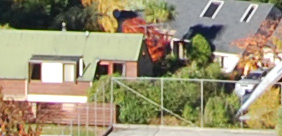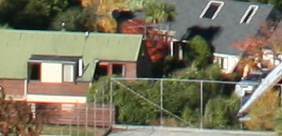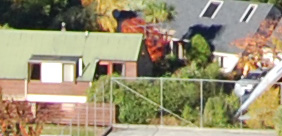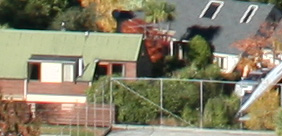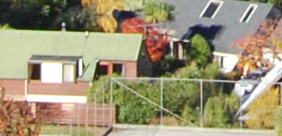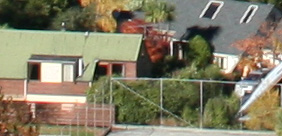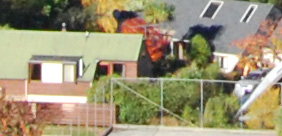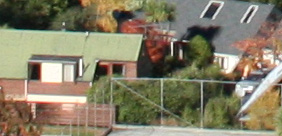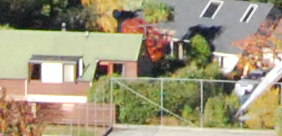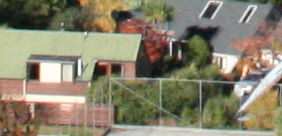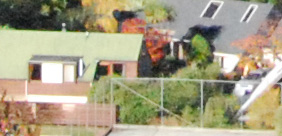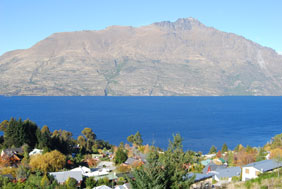Nikon D40x
-
-
Written by Gordon Laing
Nikon D40x vs Canon EOS 400D / XTi real-life noise
|
Outdoor / Resolution / Noise / Noise 2
To compare noise levels under real-life conditions we shot this scene using the Nikon D40x and Canon EOS 400D / XTi at each ISO and their best quality JPEG settings. To reflect typical usage, both cameras were fitted with their most common kit lens options, respectively: the Nikkor DX 18-55mm II and the Canon EF-S 18-55mm. The image left was taken with the Nikon D40x at 26mm f8, using its lowest sensitivity of 100 ISO; the original Large Fine JPEG measured 4.38MB. The D40’s Noise Reduction was off by default. The Canon 400D / XTi underexposed this scene, so we applied +2/3 EV of exposure compensation to better match the output from the D40x. The crops are taken from an area just below and to the left of the centre. The D40x is clearly capable of recording a decent degree of detail throughout its sensitivity range. The cleanest results are at 100 and 200 ISO with only a slight drop visible at 400 ISO. There’s a bigger drop at 800 ISO, with noise and noise reduction smearing ultimate detail, but it’s still pretty good. Increased to 1600 ISO the quality drops again, although once more it’s not that bad at smaller print sizes. At 3200 ISO the quality falls quite significantly and this should only really be used for emergencies. Compared against the Canon 400D / XTi, both cameras deliver roughly similar amount of detail at 100 to 400 ISO, although we’d say the D40x has the edge at 800 and 1600 ISO – this is most visible in the foliage areas which on the Canon samples appear more smudged at higher sensitivities. These are pretty minor differences though. The biggest difference between the two models is how they handle image processing using their default settings. The D40x applies noticeably greater contrast and saturation to deliver much punchier and more consumer-friendly results. the Canon 400D / XTi (and Nikon’s own D80) deliver much more subdued, natural looking results by default, although all can of course be adjusted as desired. Interestingly the Canon 400D / XTi still meters considerably different exposures to the Nikon bodies when presented with the same scene. For the examples here the Canon underexposed quite noticeably and forced us to apply +2/3 EV compensation to provide a fairer comparison with the D40x; and this was with the latest 1.0.5 firmware. In conclusion though, both cameras are capable of recording a decent amount of detail across their sensitivity range. For more examples of the D40x at different sensitivities including indoor and night-time examples, visit our D40x Gallery. |
